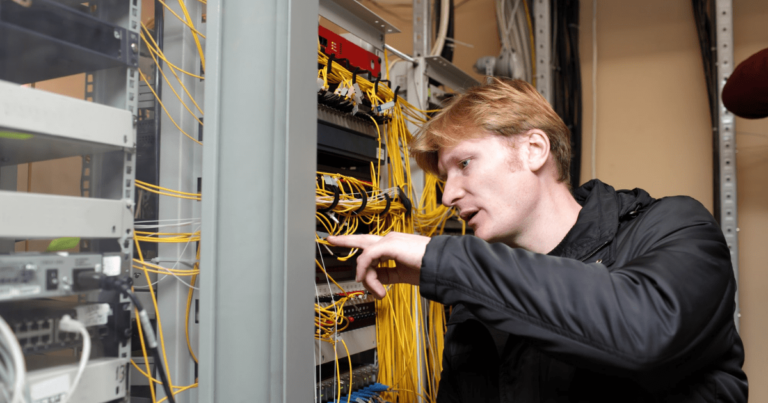
The patch cord, copper or fiber, is the end and the beginning of the network. It is frequently neglected but is an element of great importance to the performance of the network.
It is frequently mishandling, putted in stress or bended beyond the limits.This can result in cable damage, failure, transmission errors, bad performance and downtime of the network.
The continuous necessity to increase density in patch panels and in communications closets, often leads to negligence of patch cords management.
Choosing the right patch cord
To choose the right patch cord, it is necessary to know the correct specifications of the network where they will be connected.
If it is a copper network, it is necessary to know the category of that network (cat6, cat6A, cat7…) and the shield in the UTP cables to assure that the shield has its continuity.
In the same way, if the network is a fiber one, we need to know the type of fiber (singlemode or multimode) and the class of the fiber (OM1, OM2…, G652D, G657A2…) And make the patch cords match with the fiber/copper in the cable installed.
It is also very important that the length of the patch cord is the minimum possible considering keeping the bend radius and not inducing stress in the connectors. This will keep the pathways (both vertical and horizontal) as free as possible.
Patch cord management
Plan the number of connectors and patch cords
A correct patch cord management starts with proper planning of the number of connectors and patch cords needed and the correct routing of these patch cords in the Rack. One usual way used to organize the patch is to split the rack and orient half the patch cords to the right and the other half to the left. This splits the volume of all patch cords by the two laterals of the rack.
Choose the right organizer
Another important issue is the accessories that will help to keep everything organized.
The horizontal patch cable organizer if well chosen can help keep the bending radius and avoid stress in the connectors, and the vertical organizer can support the excess cable keeping the front panel free to new patch cords.
If it’s necessary to tie the patch cables, the best way is to use Velcro ties. If it’s needed to use a plastic cable tie, it can be overtight and cause excess bending, which changes the structure of the cable. These plastic ties should never be tightened to the point where each cable can rotate freely (mainly on fiber optic cables).
Don’t forget about standards
Always use material according to the standards (ISO/IEC and ANSI/TIA) will assure that the installation will maintain a high performance.
Identify patch cords
Other good practice is to identify all patch cords in both ends. This will help the technician to know where is the other end of that patch cord.
Benefits of a good patchcord management
Besides the global aspect of the cabinet there are more technical benefits from a good patch cord management:
- Signal interferences (noise): a good management will keep the bending radius, avoid stress, and with this, prevent crosstalk and interferences between cables.
- Easier maintenance and prevents downtimes: a well-organized cabinet makes easy and risk-free maintenance.
- Cooling efficiency: The organized cables won’t interfere with the air flux in the cabinet and keep the cooling efficiency.
Related articles: Basics to Help You Know Everything About Fiber Distribution Box




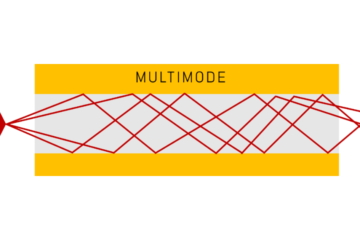
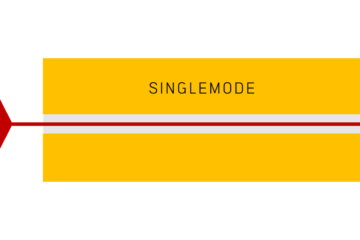
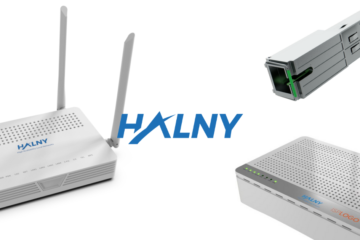
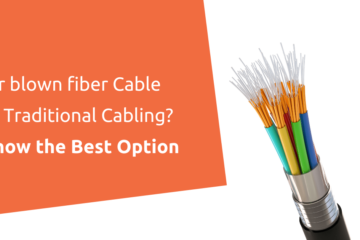
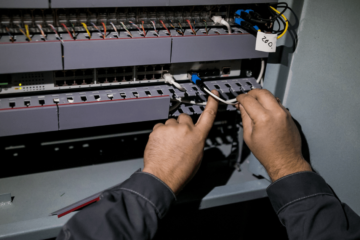
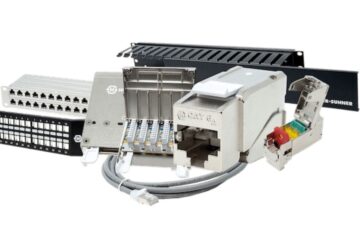
I appreciate that you explained that this cabling service could help prevent major maintenance. My best friend told me the other day that he and his business associates were hoping to find a business telephone system that could provide network design cabling for less cabling maintenance in their workplace, and he asked if I had any idea what would be the best option for them. Thanks to this informative article, I’ll be sure to tell him that consulting a trusted structured cabling service can help them with more information about the cabling process.
I was captivated when you mentioned that the specifications of the network must be considered when choosing a network patch lead. My friend told me that their network equipment is missing a network patch lead. I should tell him to look for a supplier that sells a wide selection of patch cords.